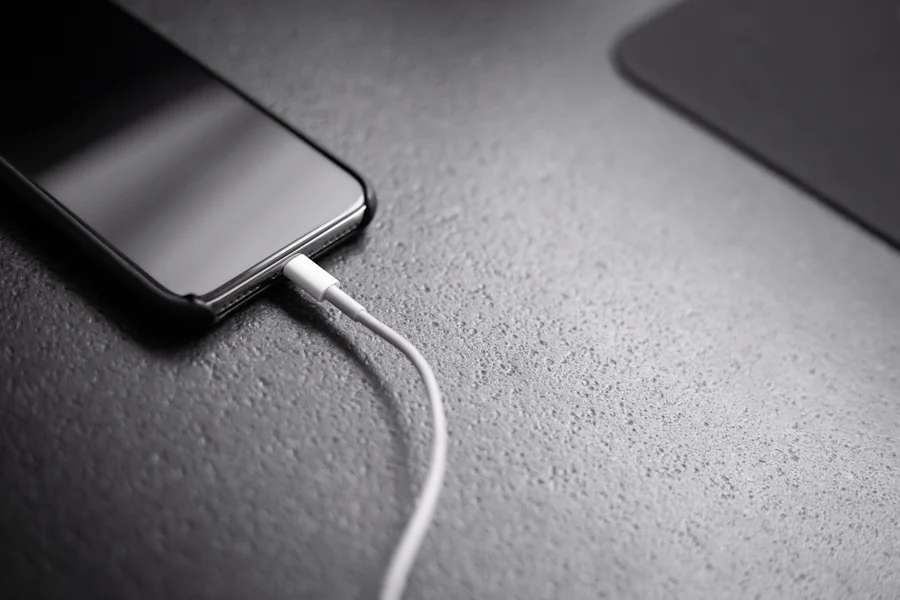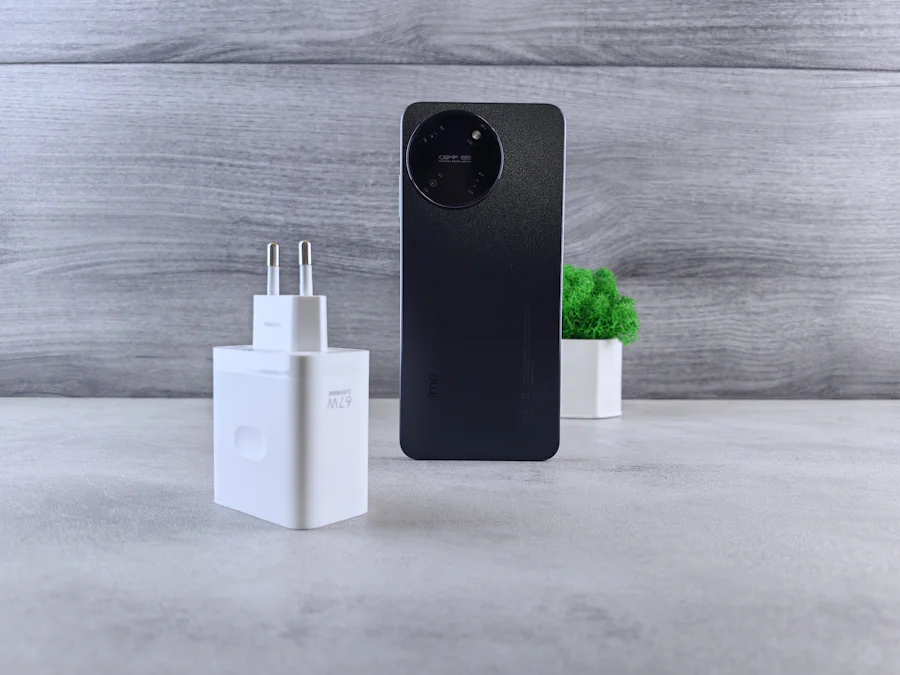The first was Apple for sustainability issues, followed a year later by Samsung (and Google with the Pixel), which, after mocking its rival, imitated its choice. It was the years 2020 and 2021 when the world was shocked by the COVID-19 pandemic, and the two most high-profile companies in the smartphone market decided to take the charger out of the box. On the other hand, there were the Chinese manufacturers who competed to launch ever more efficient and faster fast-charging systems, which provided devices with a full charge in 30-40 minutes. Within a few months, the scenario changed completely in Europe as almost all companies removed the charger from their packaging.
It happened with the Oppo Reno 12 Pro, Honor 200 Pro, Vivo V40, and the OnePlus Nord CE4, smartphones launched in recent weeks without the presence of the charger in the package. In contrast, Motorola, which has the Razr 50 range and the USB-C cable, has kept the 45W charger in the package. The obvious question is, what has changed compared to the past?
The role of the EU
The answer is wide-ranging and includes several factors, but it comes from the European Union. Instead, it is from European institutions’ desire to reduce the environmental impact caused by the multiplication of chargers, which, given the constant technological evolution that has convinced millions of people to change their smartphones after just one year, have filled landfills for years. More than 13 million tonnes of electronic waste produced by consumers in the Old Continent end up here yearly.
In order to reduce the amount of waste, in 2022, the European Parliament approved by a large majority the single charger law, requiring the adoption of the USB-C standard. According to the regulation, by the end of 2024, smartphones but also digital cameras, tablets, notebooks, headphones, portable consoles, speakers, eReaders, mice, keyboards and headsets will only have to adopt this standard, thus facilitating charging operations and, therefore, in theory, preventing people from continuing to accumulate unused chargers in their drawers.




What is often underestimated, however, is another crucial point. European legislation indicates that manufacturers must offer consumers the option of buying the charger inside the packaging or removing it if the purchaser wishes to dispense with the accessory. Therefore, it should be specified that the EU directive does not require the removal of the charger from the package, but rather the possibility for manufacturers to include or not include the accessory in the package depending on the buyer’s choice.
Constantly looking for ways to increase and diversify revenues, companies in the sector have acted without complying with the rule, opting to phase out the charger. A choice that leads to problems that the vast majority of users do not even know about.
The choice of producers: monetise
The multiplication of proprietary fast charging solutions (such as Xiaomi HyperCharge, OPPO SuperVOOC, Samsung Adaptive Fast Charging, Motorola Turbo Power, and Honor SuperCharged) has created an unexpected scenario. A 120W charging system only works at full speed with specific models of USB-C chargers and cables capable of supporting the expected power. This means that charging an Oppo smartphone with a Samsung charger results in a major slowdown compared to the promised time, as the power delivery and temperature management are different compared to using the same brand’s charger and cables. Using a smartphone and power supply from two different manufacturers cancels out fast charging, so much so that several tests have shown that the 40 minutes for a full battery charge is extended to more than three hours.
Consumers are the losers
The solution envisaged by the EU is the Power Delivery standard, a fast charging technology via USB-C that currently reaches up to 100W. Beyond the actual speed, the standard enables faster charging of any smartphone/charger combination of different brands. Until this option takes hold, however, the situation will continue to be unsustainable and uneconomical.
When a person spends 600 or more euros to buy a smartphone without a charger, he or she is likely to add another handful of euros to get the charger that will provide them with the maximum efficiency of the fast-charging system. In this way, power supplies will continue to increase, generating more pollution and relieving the pockets of consumers, who are forced to spend another 25 or more euros to grab an accessory that until a few weeks before was included in the package.



